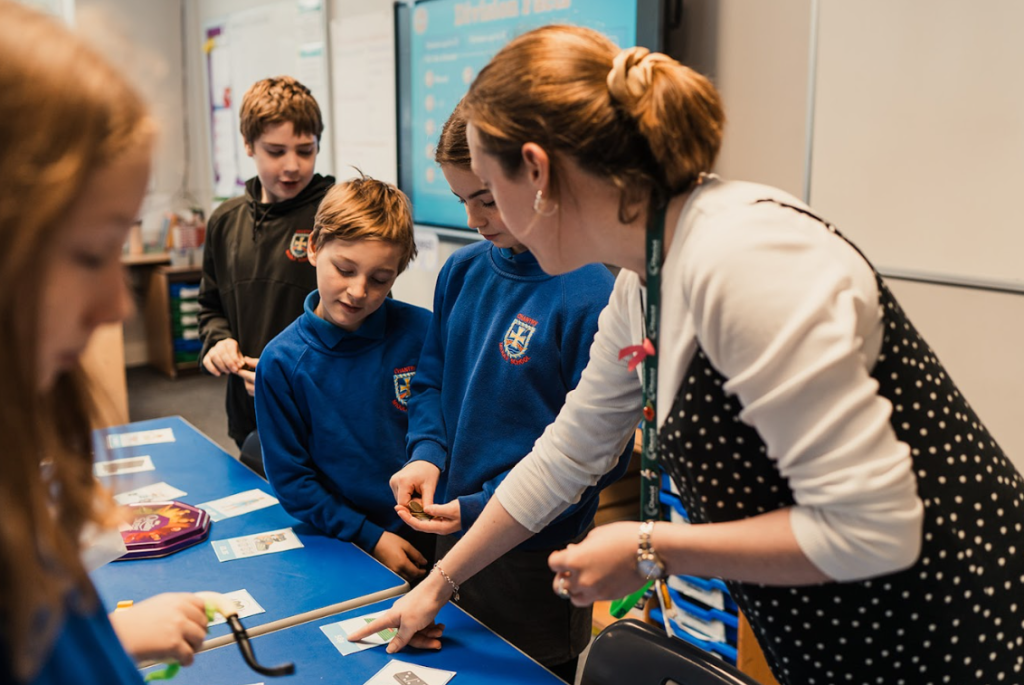Maths at Chantry Middle School: Growing Confident Problem Solvers
At Chantry Middle School, we believe every child can succeed in maths. Our curriculum is built on the mastery approach, helping students develop a deep, secure understanding of mathematical concepts. By teaching in small, connected steps and encouraging logical thinking and reasoning, we support pupils in becoming fluent, confident, and curious mathematicians.
Each maths lesson begins with clear learning intentions and the explicit teaching of key vocabulary. New concepts are introduced step by step, often using concrete resources and visual models such as counters and bar models to make abstract ideas more accessible. Pupils are then given time for independent practice, where they apply what they’ve learned and receive immediate, in-lesson feedback through live marking and questioning.
Assessment is continuous and purposeful. At the start of each topic, a short quiz helps teachers identify gaps in prior knowledge. During lessons, whiteboard responses and written work are used to provide instant feedback and correct misconceptions. At the end of each topic, a quiz helps track progress, with improvement or extension tasks tailored to individual needs. Parents receive personalised feedback throughout the year to support learning at home.
We create a calm and encouraging learning environment where mistakes are valued as part of the learning journey. Challenge is built into every lesson, with pupils regularly completing reasoning and problem-solving tasks. Our curriculum is designed to build skills year on year, ensuring readiness for the next stage of learning.
Pupils also enjoy enrichment opportunities including maths clubs, national competitions, and team challenges. We are proud to foster a love of maths through real-world application, creative thinking, and collaborative problem solving.
At Chantry, maths is about more than numbers—it’s about thinking, resilience, and unlocking potential in every learner.


